How To Reposition Blog Posts On Wix
In terms of WordPress competitors, they don't come a lot bigger than Wix. Wix has made a name for themselves by offering free websites that require absolutely no experience to create. The Wix team has grown their market share a great deal in recent years. WordPress, however, still remains the 800-lb gorilla in the room. Because of its open-source approach, it powers well over 1/3 of the internet. Recent releases for WordPress have made the platform much more new-user friendly, so we are going to take you head-to-head with WordPress vs Wix to see which is the real no-fuss website building platform.
1. WordPress vs Wix: Who Are They For?
Wix markets itself as "the platform that gives you the freedom to create, design, manage and develop your web presence exactly the way you want." It is a fully hosted website platform. You use their page builder to make a professional-looking website from pre-designed templates. That means, first of all, that experienced website developers won't get a lot out of Wix because they don't get access to the inner workings. But people without that experience flock to Wix. They are drawn to its simplicity and ability to quickly get a good-looking website off the ground.
WordPress, on the other hand, is openly marketed toward "everyone." Which is a pretty wide demographic. But because it's the industry leader in market share, the strategy works for them. WordPress started as a blogging platform that has evolved into a full content management system (CMS). Because of that, users of any skill level can start with WordPress. They choose a theme and can start with their website in a flash. New users will find the Gutenberg block editor intuitive for page and post design. Experienced developers can dig into creating their own features and designs by creating coding their own custom themes and plugins.
Both website platforms are incredibly easy for new users to jump into. And each has its own unique quirks and learning curves.
2. WordPress vs Wix: Ease-of-Use
Users don't want a lot of roadblocks in their way to creating a website and getting their content in front of people. You may be setting up your first site ever. Or your thousandth. Either way, break down how easy it is to get started with a website on WordPress vs Wix.
WordPress
WordPress began as a blogging platform, so it's no surprise that at the base of all its features are Posts and Pages. Because of that, its features are simple and easy to understand. Most major plugins and features (including the ubiquitous WooCommerce) use the Custom Post Types feature to extend the capabilities of the platform. As long as a user has a fundamental understanding of the basic publishing workflow, they just need to learn the bells and whistles.
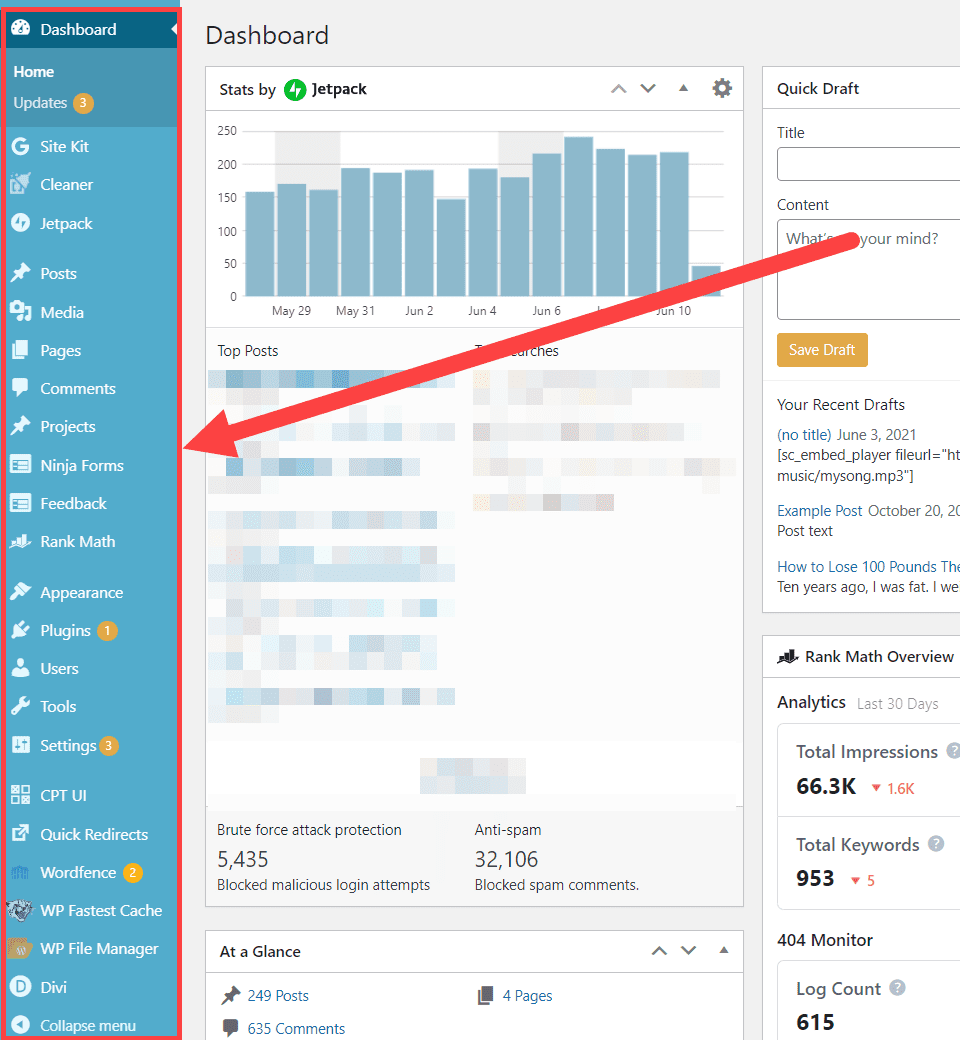
Unfortunately, the dashboard and UI have not evolved nearly as smoothly as other parts of the platform (such as the Gutenberg block editor that replaced the WYSIWYG editor in WP 5.0). The left-hand sidebar can be confusing and unintuitive to new users. And as you add new plugins and install new themes, it can—and in many cases will—become cluttered and hard to navigate. This cutter is inevitable.
By the time your dashboard gets as cluttered as the one above (which is from a site started in 2013), you will have definitely learned to navigate it and use the features. However, that doesn't change that the user experience is less-than-stellar.
The primary learning curve for WordPress is finding the right combination of themes and plugins. You may have to put in some time and research to set up exactly the site that you want. WordPress has an ecosystem of thousands of themes and plugins. It can be daunting to choose just the right ones. However, with a little research, you can definitely make any site you desire with WordPress.
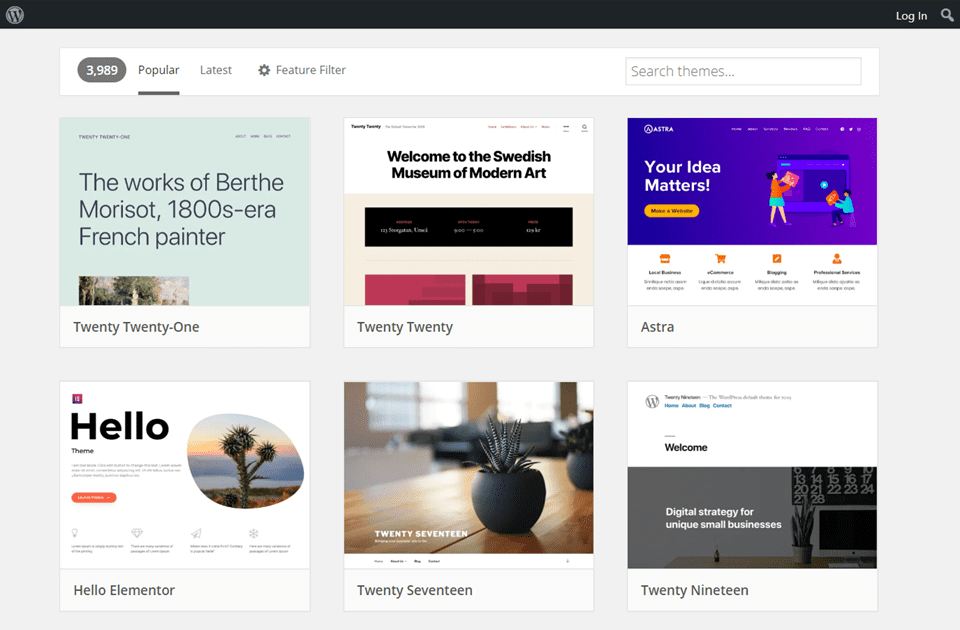
And if you don't want to sink that time into it and need a website fast, the default themes and core features look nice and work immediately after installation.
Wix
Starting out with Wix is a bit simpler than vs WordPress. You sign up for an account like anywhere else. When you log in, a Create New Site button greets you in the center of the page.
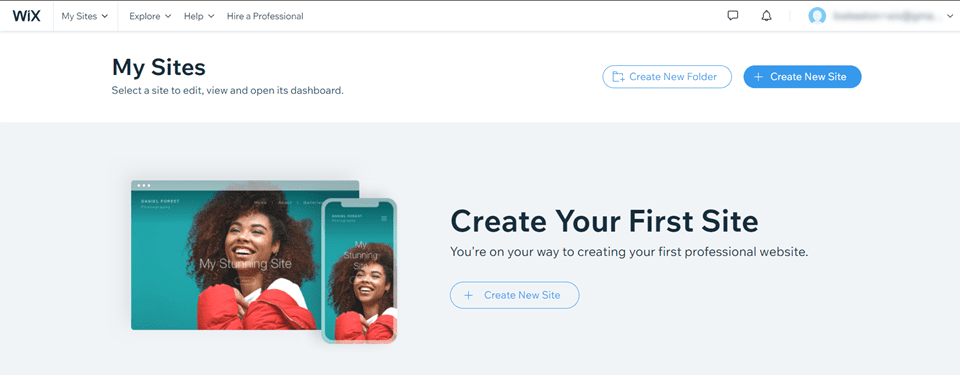
From there, you decide how you want to create the site. You can edit from the ground up using the drag-and-drop page builder. Or you and answer a series of questions about what kind of site you want to have. You might choose ecommerce or blog or portfolio. Whatever you choose, you're then given a choice of features to include such a forums, contact forms, and email opt-ins. And finally, you choose between 6 different color/font themes and add what pages you want on the site (such as blog or about me or policies, etc.).
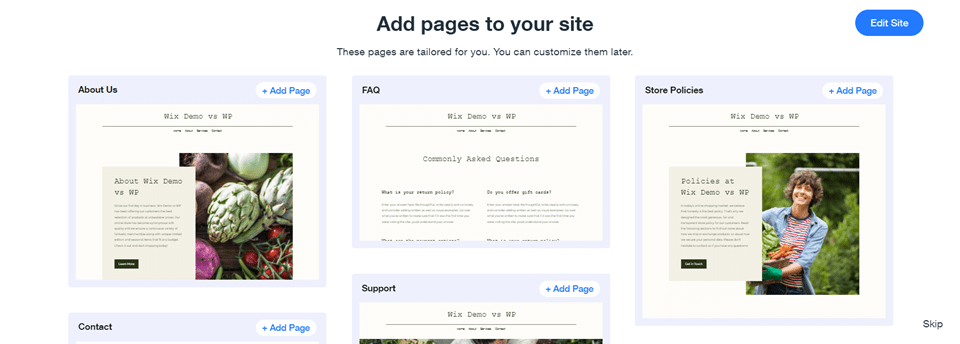
Once you choose these elements, Wix loads your your dashboard. The whole process is simple and straightforward. When it's done, you have a ready-to-publish site (outside of not having your own content, of course).
Wix's Dashboard is a Nightmare
However, that's when the simplicity and ease of use stops. From there, Wix takes you to your dashboard, which is just as cluttered (if not more so) as WordPress's. But this one contains so many upsells that navigating to actual features you can use versus features locked behind a paywall is like running an obstacle course.
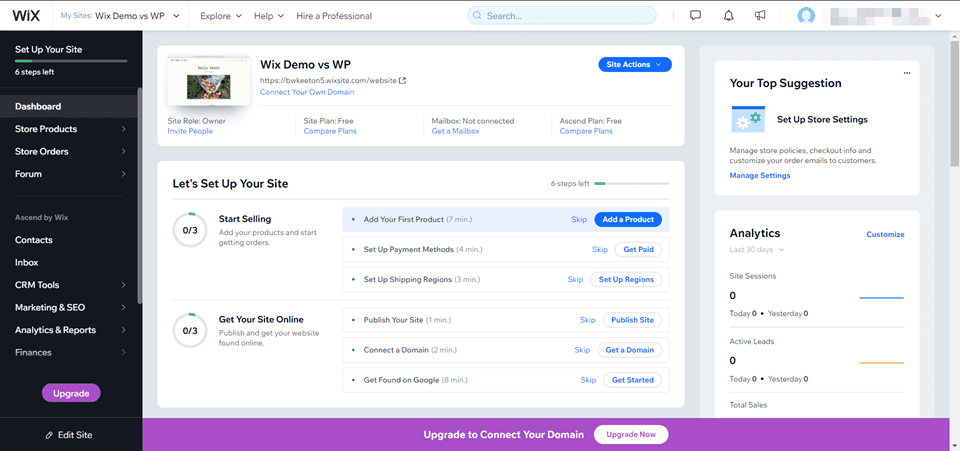
Nearly every click in their dashboard brings up some kind of upsell. Even pushing your site live brings up a screen-filling modal that makes it seem as though subscribing is how to proceed. Additionally, messaging such as "Get Your Site on Google" and "Get Found on Google" are misleading to users, New website owners may not understand how search crawlers work and the site will be indexed regardless. All that feature does is connect the site to Google Search Console. Which is admittedly important for long-term success, whether your site is Wix vs WordPress.
We mention all of this in this section because this is most certainly an ease-of-use issue. The constant upsells are terribly distracting. They get in the way of easily designing and launching a site, which is the primary focus of Wix's marketing.
3. WordPress vs Wix: Page Builders
Over the past decade, page builders have brought non-designers the ability to create professional-looking websites through templates, drag-and-drop interfaces, and modular elements. Both Wix and WordPress offer these features, and in many ways are the primary way the platforms appeal to new website owners. We take a look at the builders available on both platforms so you know what you're getting into with either.
WordPress Page Builders
In terms of ease-of-use, however, WordPress's Gutenberg block editor does shine as an intuitive way to write and edit posts, as well as design pages (though page builder plugins and themes such as Divi offer much more advanced options when you get to need those). You add blocks, use built-in controls and options to place them, and then publish. You don't need to even adjust CSS to create content with it.
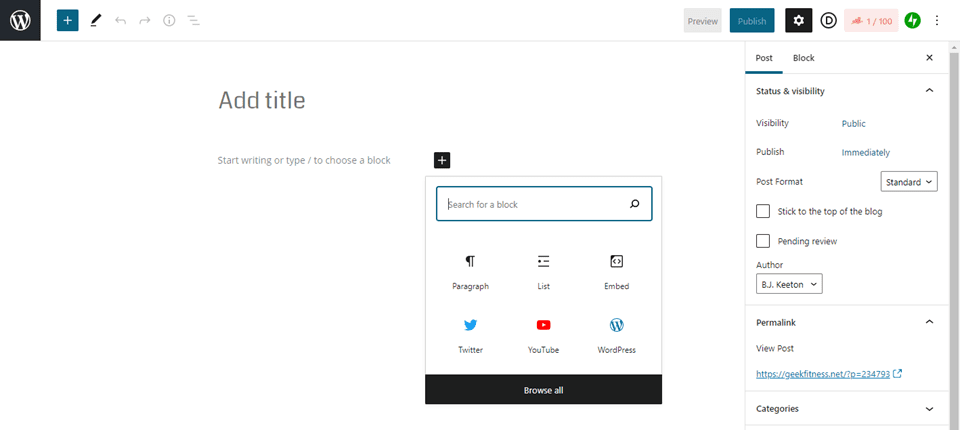
If you want a more powerful approach, most of the top WordPress themes come with either a built-in page builder or integrated support for third-party builders like Divi. You get to pick and choose which builder works best for you and have exactly the experience you want.
However, the downside to this is that the only one built into WordPress itself is Gutenberg. And you have to research third-party developers to get more advanced ones.
Wix's Builder
What is meant to be the heart of Wix's customizable website is honestly as much of a nightmare to use as the dashboard. The aesthetics and overall design of the builders are very nice. Yes, that's builders. The step-by-step builder that you used to set up the site is called the Wix ADI. Wix also gives you access to a drag-and-drop builder.
Neither works especially well. At least in comparison with the Gutenberg WordPress editor or other popular WordPress page builders.
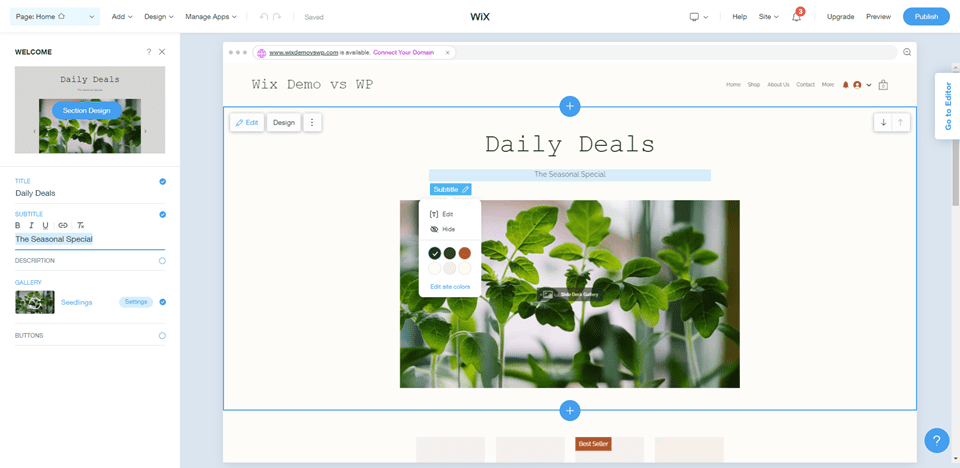
In our experience in building Wix sites, the ADI builder was laggy and didn't respond well to our commands. Swapping between elements was slow, and previewing different layout/themes for any of them took 2-6 seconds each for them to load.
The options that you get for each element are fine, however, and they're right in line with the customization options the Gutenberg editor provides.
The drag-and-drop editor is a much nicer experience than the ADI builder, giving you more control over each element than the ADI does. In terms of building a site, it's a much better tool. The best feature of the drag-and-drop editor is literally the drag-and-drop feature. You can click on any element, drag it to any spot, and it stays there. No CSS to deal with, no issues with moving other elements out of the way. Just drag it, drop it. It's pretty nice.
You can swap between elements and pages, and those load a lot faster than the ADI editor. But it still lags in every browser we tried.
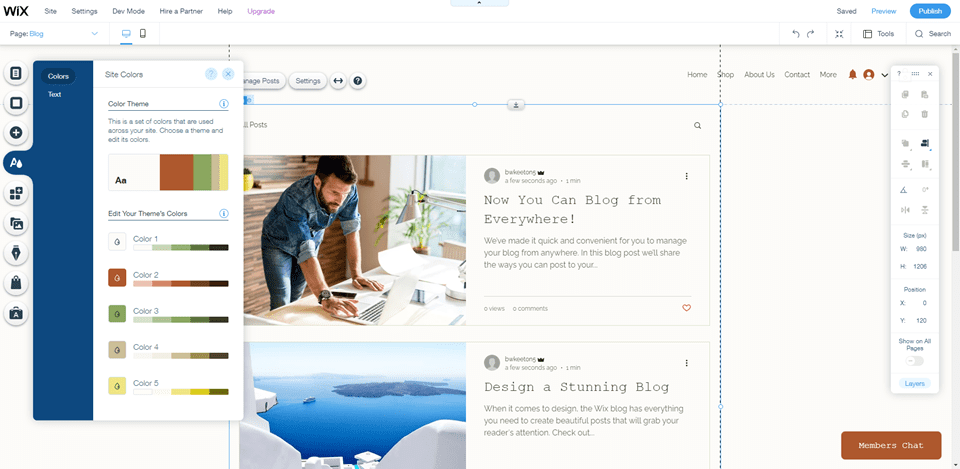
Swapping back and forth between the two editors is not the best idea, however, as we had changes revert even after we saved them in one. So whichever you decide to edit a page in, stick with that one until it's done.
Also, don't expect to have more than one Wix tab open at a time. If you're in the dashboard and an editor or editing two pages, Wix does not handle it well. Numerous times, this modal popped up, forcing us to reload the site and losing any progress we had made on customizing the page.
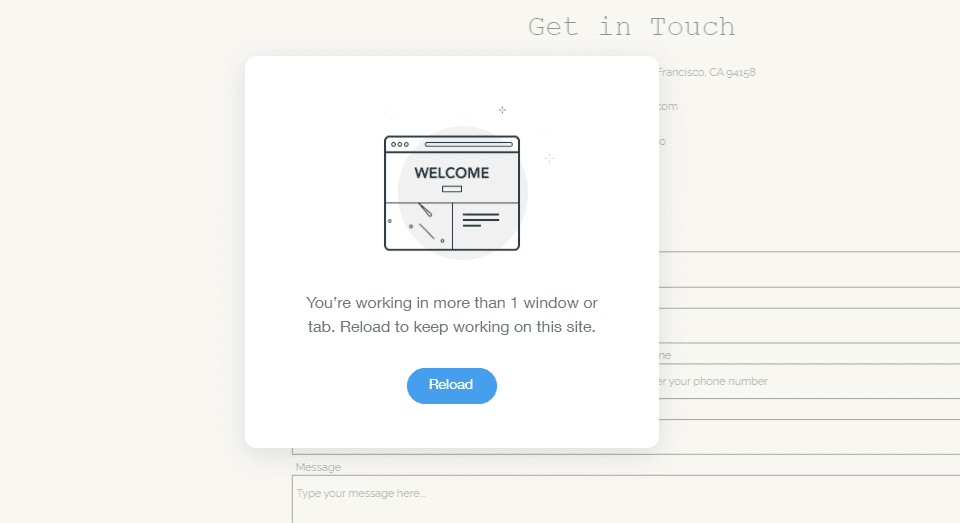
Overall, the Wix builder alone is enough to deter anyone who wants a smooth experience. The app just has too much baggage and too many UX issues to really be a contender for building a solid website that you can use for anything but a quick announcement or placeholder.
4. WordPress vs Wix: Customization
It's easy to spend countless hours tweaking fonts, adjusting plugins, choosing colors, and editing templates. Making sure that your website is perfect for your users is a big part of what being a website owner is about. So we are going to take a look at what WordPress vs Wix offer you in terms of customization and being able to give your users the experience they deserve.
WordPress Customization
Other WordPress customization options outside of page builders and editors comes built into the platform. You can add custom CSS to the site through the Theme Customizer, even dig into the PHP files for your theme right through the back dashboard (though we don't recommend doing that).
Part of what makes WordPress appealing is the ability to customize and tweak every aspect of your site. You can add plugins for new features, adjust themes, and dig into the code of your website and adjust anything you want.
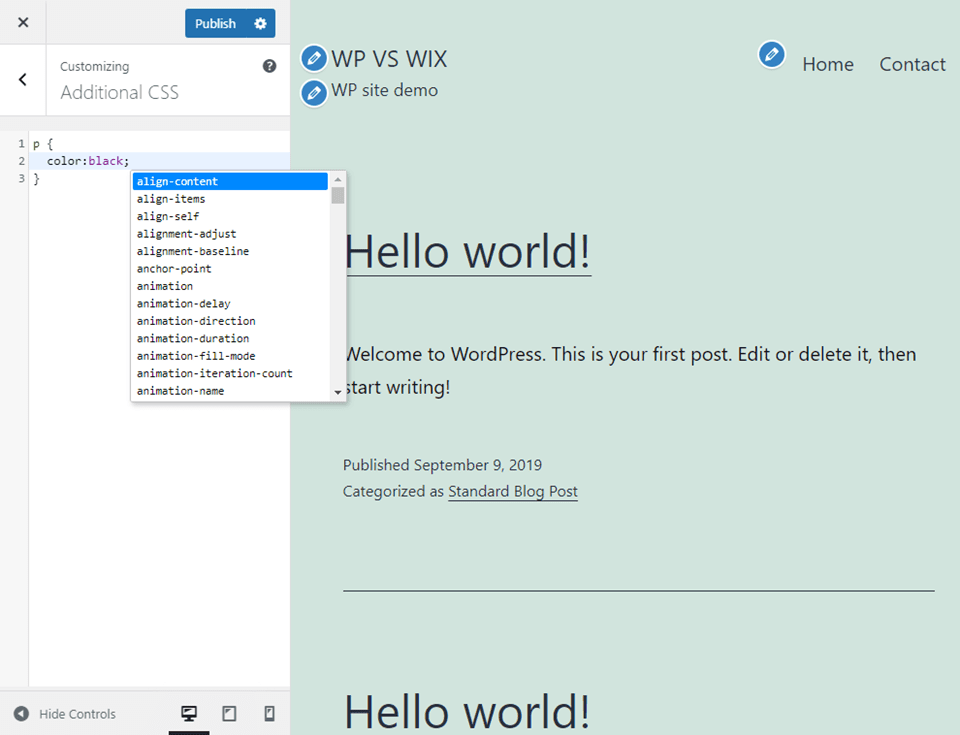
Most customization in WordPress, though, comes from the choice of themes and plugins vs Wix, where customization is builder-centric. WordPress.org has repositories for both themes and plugins, where you can choose from thousands of options to get just the right foundation for your site. Most theme developers add in many customization options to their themes, giving you control over the elements the theme adds. And you can add custom widgets and post types and scripts and utilities to your site by installing various plugins.
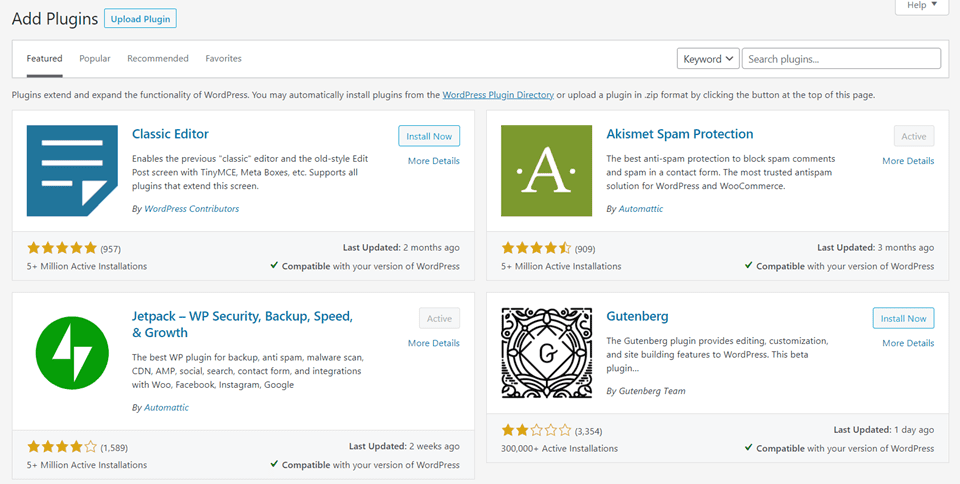
If it is a part of your website, front-end, back-end, or server-side, you can customize it with WordPress.
Wix Customization
In terms of customization, the options that you get in the builders is what you get with Wix. You can tweak elements and keep them all within the designs that will always make your website look put together and professionally designed. Regarding content, you can add whatever you want. Videos, photos, blogs, whatever.
You can customize layouts and various elements for your ecommerce shops and blogs. In general, the customization options within Wix are comparable to other hosted builders like Squarespace. The intent isn't go give you full rein, as in WordPress. It is to present you with a series of options that work well together and make an aesthetically pleasing final website.
Which is good because if you want to add anything else to the website via custom code (such as CSS), then you're going to have to upgrade your membership.
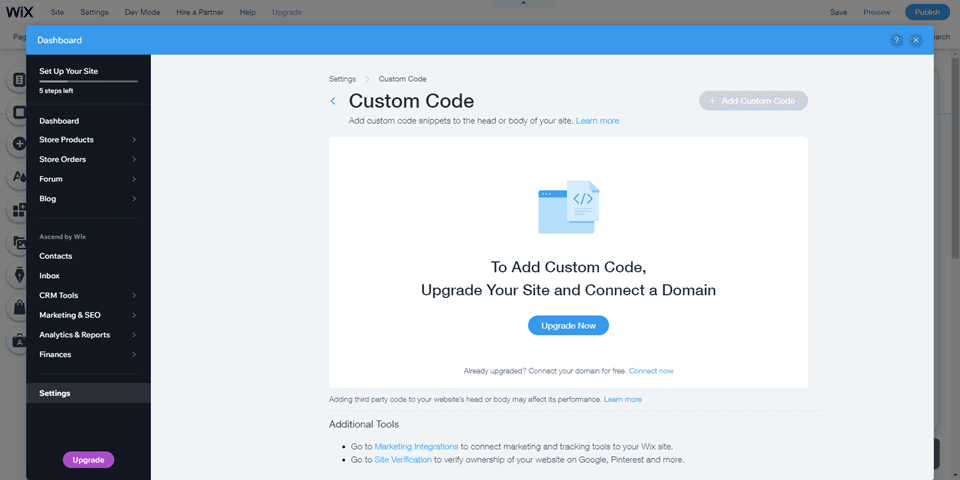
Not even being able to customize CSS is a major lacking point for a website. This is only a limitation on free accounts, however, and a pretty standard one at that. Even free WordPress.com (which is also a free-to-premium platform like Wix) prevents free users from adjusting CSS for their themes.
5. WordPress vs Wix: Ecommerce
Making money by selling something on the internet is many people's dream. You may want to sell courses or ebooks. Or you might want to have an online space for your in-person shop. Whatever your intent, both WordPress and Wix have quick-and-easy options for setting up shops.
WordPress Ecommerce
WordPress technically doesn't have ecommerce built into it. WooCommerce is a separate plugin that you will need to install, but it's owned and developed by the same company as WordPress, so it might as well be a default ecommerce platform.
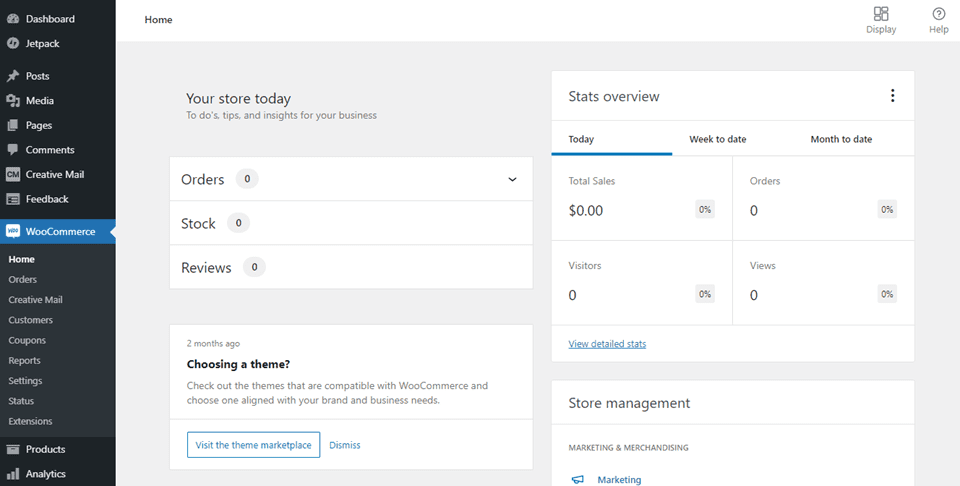
When you log into WooCommerce, you have a dashboard that includes full payment reporting, as well as a series of menus to the side with other default features. You get customer details, can create coupons, run reports, send emails to customers, check the status of orders, and so on.
By default, WooCommerce enables PayPal for a payment method. Because PayPal is one of the easiest payment processors available. Even so, PayPal isn't available in many countries, so you will want more than that. WooCommerce gives you the option for Stripe payments, too, as well as a new feature called WooCommerce Payments that the company handles themselves.
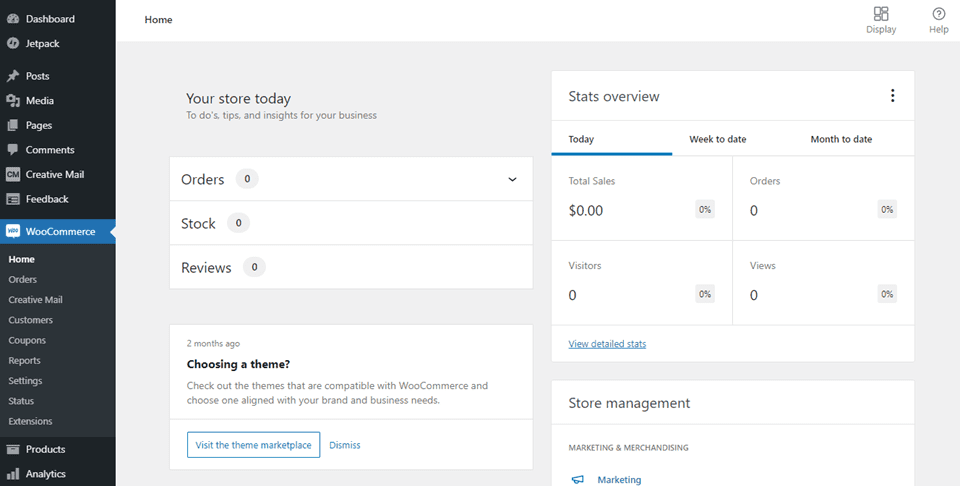
The WooCommerce UI isn't necessarily the best. It can be complicated to add products to the shop. At least initially. Getting single items for sale isn't a big deal, but using product variants and managing a large inventory isn't the most intuitive feature of the software.
Additionally, while there are many wonderful free WooCommerce extensions, to add functionality, you will need to grab additional plugins. Many of these are premium purchases (or freemium plugins). Companies like Yith put out some of the best add-ons to WooCommerce that you can get, and they hit both price points.
Probably the biggest issue with WooCommerce is that the shop itself is not very customizable. You can adjust the layout some, but by and large, the majority of WooCommerce shops and products look eerily similar.
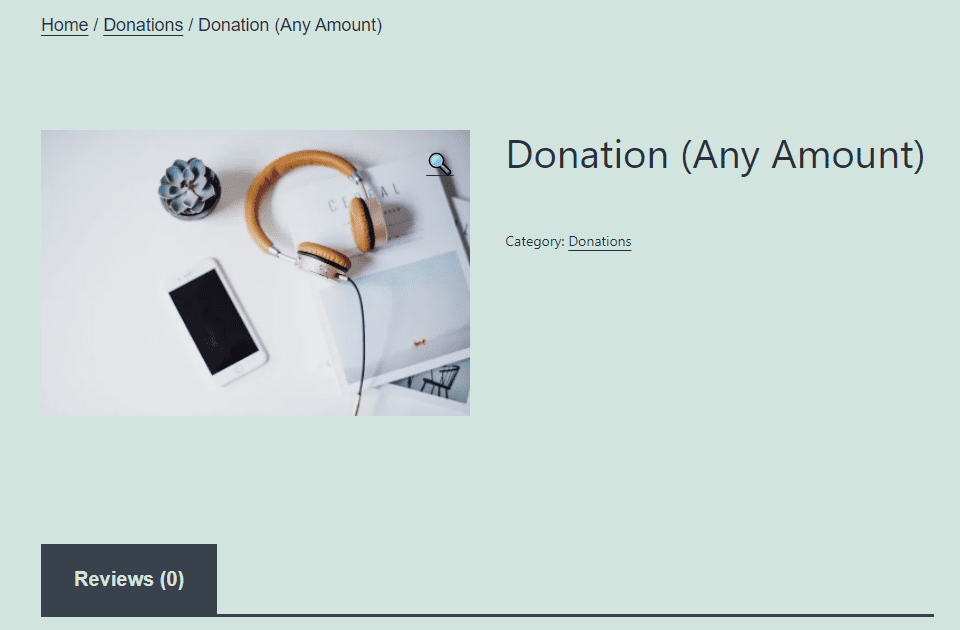
You can use plugins and themes to fully customize how the products and shop look, but that isn't default.
Wix Ecommerce
First, we want to point out again that Wix is all about the upsells. The platform has an ecommerce shop built into the builder so you can go in and add products just like any other page. However, if you're a free user (to whom Wix primarily advertises), you cannot accept online payments at all. So you're forced to upgrade to a premium plan regardless.
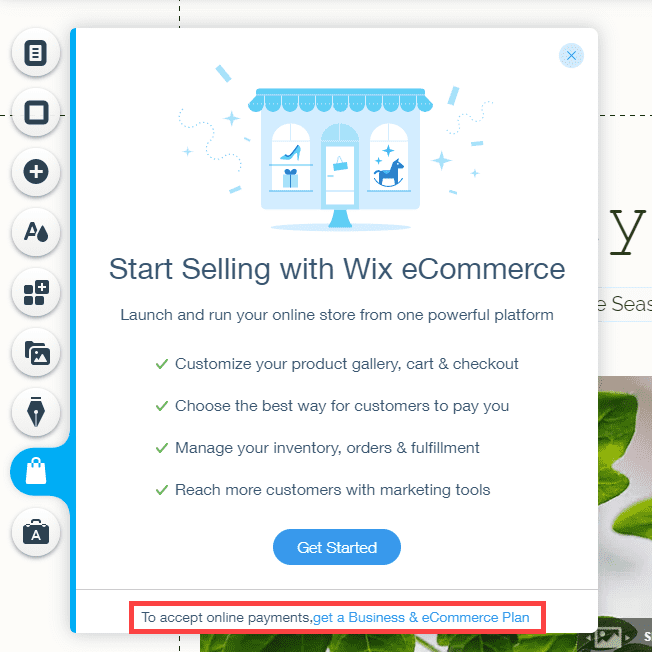
That doesn't prevent Wix from letting users set up their payment methods beforehand, though. You can access the Accept Payments screen from your dashboard under Settings. And there is no messaging on that page to indicate that you have to upgrade before being able to actually use them to accept payments. That behavior is pretty shady.
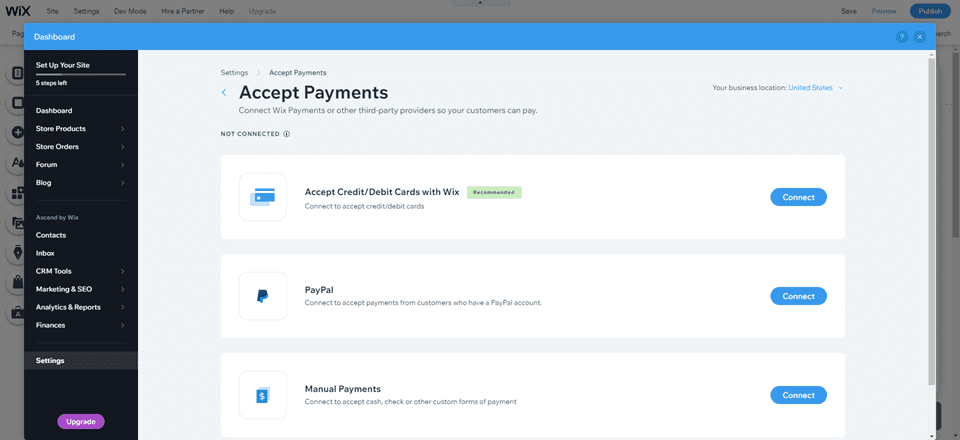
Adding products and using the actual builder is painless. The same issues apply to this one as to the ADI builder that we mentioned above. It can be sluggish and slow to respond, but in comparison to WooCommerce, the UI is much easier to use. And nicer to look at.
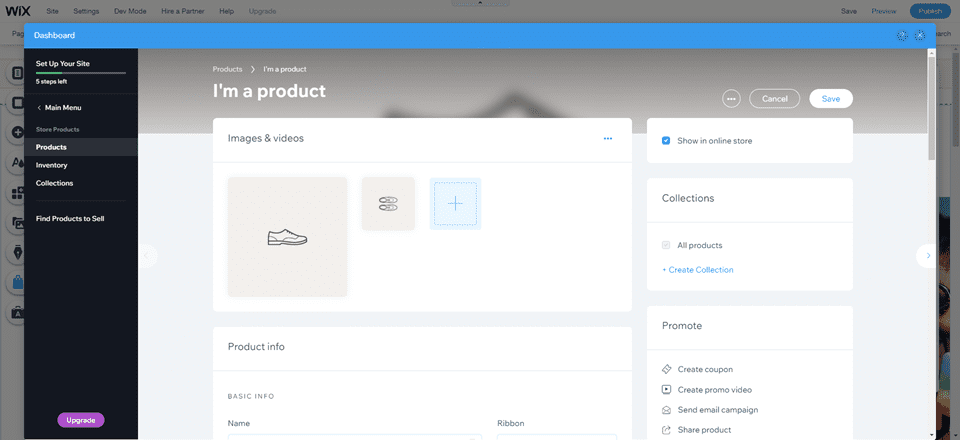
All of the options and information you need are in a single place, even creating coupon codes or sending emails to customers. This consolidation is a lot more useful than the WordPress way of spreading things out across multiple screens.
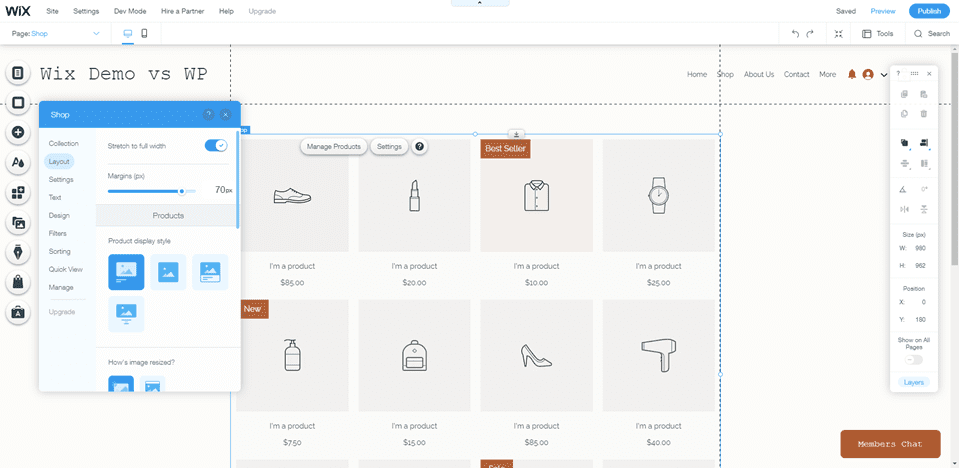
The shop is about on par with the WordPress one. You do get more customization options with Wix, but they're pretty superficial. You can adjust margins and layout and how text appears and sorting, etc., but your store is probably going to be a pretty standard grid. That said, it probably will be with WordPress and WooCommerce, too.
Wrapping Up
Overall, we feel that WordPress is the stronger platform in pretty much every regard. Wix does have its good features, as the UI is very nice in places and the drag-and-drop editor is really neat. But saying that we are unimpressed by Wix's platform would be an understatement. It is certainly a passable service. Especially if you're willing to upgrade your account a couple of tiers.
The hardcore upselling and purposefully ambiguous messaging indicates that Wix targets users who need a quick website for free, but doesn't offer a free website that's actually functional. Wix may market itself as a free website host, but to actually use a site you build there requires you to pay a considerable amount.
With WordPress, you do have to handle a lot more of the backend features. Like hosting and theme/plugin installation and maintenance. But the power and lack of restriction the platform gives is more than worth learning how to do that. Feature by feature, WordPress offers a smoother, more stable experience than the Wix platform.
WordPress has a slightly steeper learning curve to start. But if you intend to keep the website active for more than a month or two, WordPress beats Wix in a head-to-head in every way.
What have your experiences been with WordPress vs Wix?
How To Reposition Blog Posts On Wix
Source: https://www.elegantthemes.com/blog/wordpress/wordpress-vs-wix
Posted by: nunleyalung1980.blogspot.com

0 Response to "How To Reposition Blog Posts On Wix"
Post a Comment